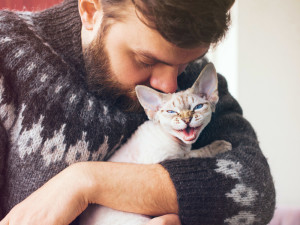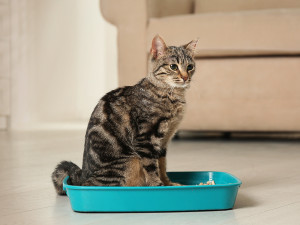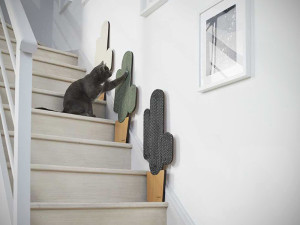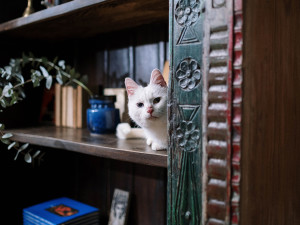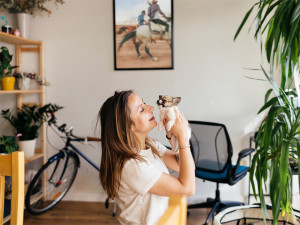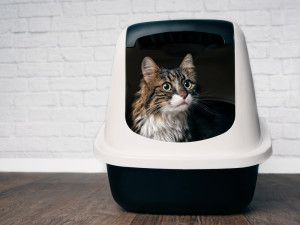A Step-by-Step Guide to Adopting a Cat
From where to begin looking to how to prepare your home for the new arrival
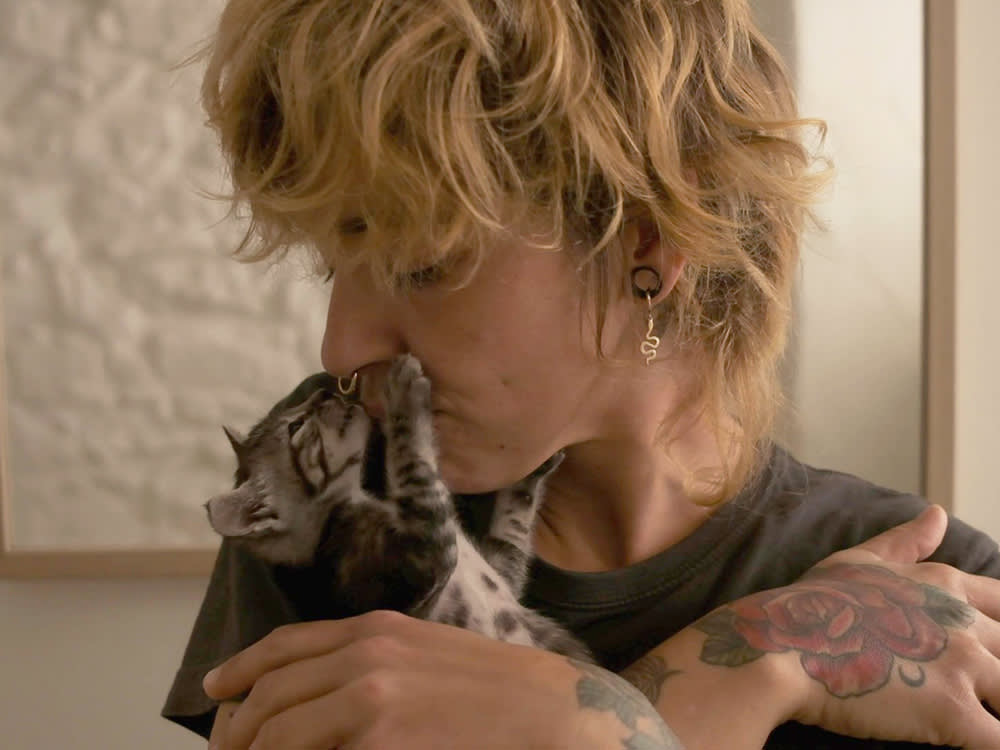
share article
Adopting a cat, especially if they’re your first, can feel like a terrifying jump into the unknown. How do you adopt a cat? How do I choose a cat? What do I need to have at home? What does the application process look like? What if they hate me? As overwhelming as these questions can feel, most of them can be dealt with by taking a deep breath, doing some prep and working your way through our handy guide.
Establish what sort of cat you’re able to adopt
Quite possibly the most important part of the whole process is establishing what sort of cat you want – and are able – to adopt. Are you looking for a young kitten? A fully grown cat? A senioropens in a new tab? Are you able to adopt a cat with special needs who otherwise struggle to find a home? Are you able to adopt more than one cat at a time? Many are already bonded with another cat or may be far happier living with one.
Don’t set your heart on getting a specific breed, because you never know who you’re going to meet at a rescue centre and fall in love with.
Browse local listings
Nose around for what cats and kittens are available in your neck of the woods. Cats Protectionopens in a new tab has a handy ‘find a cat’ tool that lets you search by postcode and whether you’re looking for a cat that can live with dogs, children, other cats or an older family. The RSPCAopens in a new tab also has a similar tool that lets you search by gender, age, breed and a cat’s preferred living arrangements.
Arrange a visit
You’ll probably need to book an appointment to meet a cat you’re interested in adopting, because most rescue homes don’t allow walk-ins. Bear in mind that as cute as a kitten seems on an online listing, sometimes it’s just not the same in person. Equally, you might fall in love with a feline that you never expected.
Fill out all the paperwork
Every adoption service does its due diligence before rehoming a cat. They’ll often ask questions about you and your household: the ages of people living there, if you have any other pets and whether anyone smokes. Some may ask what you’re looking for in a pet, and others may ask you to describe what sort of space you have set up for the animal (see more on that below). All of this is carried out with the best intentions: namely, making sure he cat goes to a suitable and loving home that can meet all of their needs.
Buy important supplies
Once you know you’re going down the adoption road, stock up on all the important items you need before your cat moves in. You’ll need cat litter and a litter boxopens in a new tab – one sized for the age of your cat. A kitten will need a small litter box with low edges to climb in and out of (you can buy disposable ones for this first stage of life), and as cats get old and can’t jump as well, you’ll want an easy entry point into the litter box. For adult cats, the rule of thumb is that a litter box should be 1.5 times as long as the pet themselves.
Beyond litter and a litter box, you’ll need food (again, as appropriate for the age of your potential pet), enrichment toysopens in a new tab, a scratching postopens in a new tab, treats, a brush, nail clippersopens in a new tab and possibly somewhere comfy for them to cuddle upopens in a new tab.
Set aside a safe, dedicated space for your pet
When you first introduce a cat to your home, chances are they’ll be anxious and scared. The first step to making sure they’re happy is to give them a dedicated small space they can make their own and feel safe – ideally a small bathroom or guest room, if you have one. You can put their basic supplies in there and try leaving some dirty clothes of yours in the room so they can get used to your scent. This gives them a place where they can explore and feel safe until they’re ready for the rest of your home. Just keep your eye out for a probing paw being stuck under a door as a sign that they want to see more.
Do a safety check around the house
If you’ve never had a cat before, you probably won’t have thought about which household items might be potentially dangerous. While people may not think of cats as chewers the way that dogs are, they’re still pretty handy at nomming on plants and power cables. For the former, double check that your houseplants are cat safeopens in a new tab. Some are so dangerous that even having them in the same rooms as your cat can be risky. Others might only slightly irritate their mouth if they chew on the leaves directly, so read up on what the risks are.
Cats are also especially at danger in the presence of essential oils, so be extremely careful using any of those anywhere a pet might end up.
Scout around for potential places your future cat could hide or escape through. Dilara Göksel Parry, a cat behaviour consultant, recommends doing this from a cat’s point of view. “I tell people to look at their home from a cat’s perspective, low and high, to see places where cats can get into that you haven’t thought about,“ she says. “That’s partly because they go and hide in these places when they’re scared, often in the first days after adoption, and then the adopters can’t find them. They think that they've gotten out somehow, but actually they’ve just gone behind the washing machine.”
Arrange any follow-up requirements
First and foremost, you’ll want to get your new chat microchipped if they aren’t already. From June 2024, it will be obligatory for cats in England to be microchipped and registered on a database by the time they’re 20 weeks old. Make sure you select a register from this government-approved listopens in a new tab, otherwise you can still be fined up to £500.
Bring your pet home
Congrats! You sourced everything you need, filled out the forms and now you’re bringing a tiny fuzzy gremlin into your house. If you’ve followed these instructions, you should be more than ready, even if they do decide that their favourite activity is biting your big toe as hard as they can with their tiny razor kitten teeth.

Tim Barribeau
Tim Barribeau is a freelance writer, editor, cat dad, and “help your boyfriend buy a suit that actually fits for once” consultant. He was previously the Style and Pets editor at Wirecutter, and has bylines at a bunch of publications that don't exist anymore (and a couple that still do).
Related articles
- opens in a new tab
Why Is My Cat Hiding?
No, they’re not on the lam. Here are four reasons your cat might be MIA
![cat playing fetch]() opens in a new tab
opens in a new tabHow to Train a Kitten to Fetch
Move over, pups. This is a cat’s game, too
![woman with new puppy]() opens in a new tab
opens in a new tab9 Unexpected To-Dos for New Pet Parents
Sound advice from seasoned dog and cat parents who have been there
![a cat peeks out of a litter box lid]() opens in a new tab
opens in a new tab5 Litter Boxes Your Cat (Probably) Won’t Reject
Think like a cat when choosing a litter box... so you can go back to not thinking about litter boxes
![grey kitten kneading blanket]() opens in a new tab
opens in a new tabWhy Is My Cat So Kneady?
A cat behaviourist says ‘making biscuits’ could mean your cat thinks you’re their mum...
![overweight orange cat]() opens in a new tab
opens in a new tabHow Much Should You Actually Be Feeding Your Cat?
If they’ve lost their hourglass figure, then not that much – according to a veterinary nutritionist
